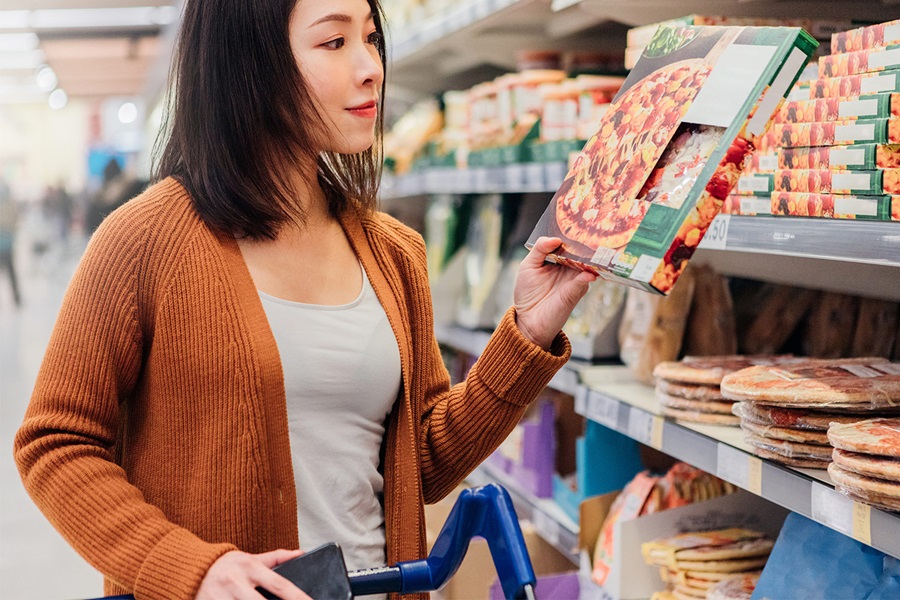After a dip in the first quarter of 2020, fast-moving consumer goods’ (FMCG) spending in China rebounded in the second quarter of 2020, with food and beverage growth converging with personal and homecare. By the end of 2020, overall FMCG value in China had grown by 0.5% as higher volumes offset overall price deflation in the market, where average selling prices fell by 1.1%. While some product categories are in the process of returning to pre-COVID-19 levels, other product categories are feeling a lasting impact... which is likely to continue throughout 2021.
This research features in Bain & Company’s tenth annual China Shopper Report, which is created in collaboration with Kantar Worldpanel. Each year the report analyses the key 26 categories that span the four largest consumer goods sectors: packaged food, beverages, personal care and homecare. To provide a more comprehensive view of the market, an additional 19 categories were also included.
Throughout 2020, prices declined for both beverages and packaged food. Panic buying did lead to volumes increasing for packaged food. Personal care and homecare spending grew as well, mainly due to a higher purchase volume, with homecare prices increasing due to a demand for hygiene-related products.
We have seen that COVID-19 has altered the way Chinese consumers think about why and how they purchase fast-moving consumer goods. Throughout the crisis, the drive has been to keep themselves and their families healthy and safe. There was also an increase in the purchase of non-perishable items that could be stored.
Boom in online retail
Ecommerce was the only retail channel that experienced rapid growth, although convenience stores almost matched their pre-COVID-19 level. This shift to online has persisted across all categories into 2021 and continues to gain market share and penetration. Livestreaming ecommerce also more than doubled in 2020, led by apparel, skincare and packaged food. As more consumers had to shop from home during the pandemic, online-to-offline sales grew by more than 50%.
The boom in online retail has been one of the greatest changes to the FMCG industry during COVID-19, not only in China but globally. We expect that this shift will continue to be prevalent moving forward as consumers and retailers have now shifted their habits and models to account for these changes.
Back to growth
The report also compared performance in the first quarter of 2021 with the same (pre-pandemic) period in 2019. Overall, growth is regaining traction, but remains subdued. The slow FMCG spending recovery and modest gains in the first quarter of 2021 contributed to a 1.6% year-on-year value growth rate, slower than the 3% growth achieved two years earlier. Value grew 1.6% despite a 1% decline in average selling price. Volume was the key contributor to value growth, spurred by a recovery in the frequency of shopping trips. Meanwhile, as the pandemic eased in China, the typical two-speed growth-rate difference between food and beverage sectors vs. the homecare and personal care sectors returned.
New trends
A new trend that took root in the pandemic was community group buys. This involves internet platforms sourcing directly and selling to “community captains” who handle delivery throughout the neighbourhood. This new distribution approach reached 27% penetration by the first quarter of 2021, and is becoming so important that all major retail Internet platforms are investing heavily in it to stay connected with consumers.
COVID-19 will have lasting implications. To stay ahead, brands need to restructure their product and brand portfolio to better fit post-COVID market conditions and adapt the entire cost structure to serve both the premium oriented and the value-driven consumers. Brands will need to manage the tension between inflationary pressures on raw materials and the development of the new deflationary, volume-driven growth environment. Also, brands should focus more on recruiting new consumers, especially in lower-tier cities.
To find out more, get in touch with our experts and download the full report through the form below.

